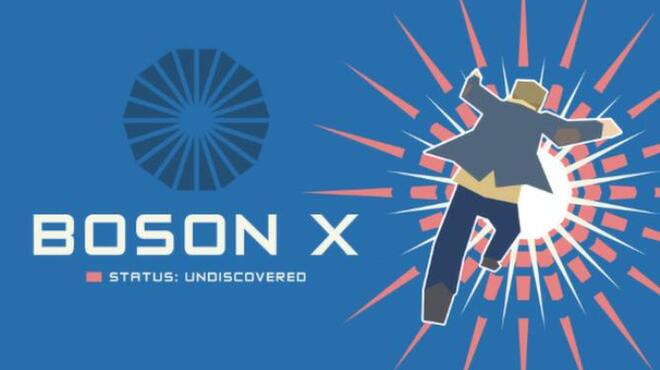
We also examine the effect of fallback material on the warp evolution of TDE discs, and find that the fallback torque aligns the TDE disc with the SMBH’s equatorial plane in a few to tens of days for the parameter space investigated. Viscosity aligns the disc with the SMBH’s equatorial plane over time-scales of days to years, depending on the disc’s accretion rate, viscosity, and SMBH’s mass. The global disc precession frequency matches the Lense–Thirring precession frequency of a rigid disc around a spinning black hole within a factor of a few when the disc’s accretion rate is high, but deviates significantly at low accretion rates. We find an oscillatory warp may develop as a result of strong non-Keplarian motion near the SMBH. We carry out an eigenmode analysis of such a disc to understand how the disc’s warp structure, precession, and inclination evolution are influenced by the disc’s and SMBH’s properties. If the accretion disc is not aligned with the spinning SMBH’s equatorial plane, the disc will be driven into Lense–Thirring precession around the SMBH’s spin axis, possibly affecting the TDE’s light curve. As such, this object represents a novel laboratory for astro-particle physics its M and a place tight limits on the existence of ultralight bosons, ruling out those with masses 1.0e-15 to 1.0e-16 eV.Īfter the tidal disruption event (TDE) of a star around a supermassive black hole (SMBH), the bound stellar debris rapidly forms an accretion disc. Ours is the first clear IMBH with a spin measurement. The high, but sub-extremal, spin suggests that, if this intermediate mass black hole (IMBH) has grown significantly since formation, it has acquired its last e-fold in mass in a way incompatible with both the standard and chaotic limits of gas accretion. Assuming that the TDE host is a star cluster associated with the adjacent, giant, barred lenticular galaxy at z=0.055, we constrain M and a to be (1.75+0.45-0.05)e4 Ms and 0.8+0.12-0.02, respectively, at 1 sigma confidence.

Across all choices of theoretical priors, we constrain M to less than 2.2e4 Ms at 1 sigma confidence.

We explore the effects of different disk properties and of uncertainties in the spectral hardening factor fc and redshift z on the estimation of the black hole mass M and spin a. We simultaneously and successfully fit the multi-epoch X-ray spectra of the tidal disruption event (TDE) 3XMM J215022.4-055108 using a modified version of our relativistic slim disk model that now accounts for angular momentum losses from radiation.


 0 kommentar(er)
0 kommentar(er)
